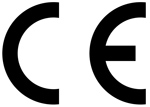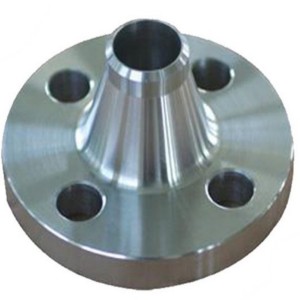Wholesale Slip On Weld Flange



A Slip-On Weld Flange (SO flange) is a type of pipe flange designed to slide over the pipe and then be welded in place, both inside and outside, to ensure a secure connection. It is widely used in piping systems for its ease of installation, cost-effectiveness, and moderate pressure handling capability.
1. Key Features
✔ Easy Installation – Slides onto the pipe before welding, making alignment simpler than weld neck flanges.
✔ Cost-Effective – Requires less material than weld neck flanges, reducing costs.
✔ Moderate Pressure & Temperature Rating – Suitable for low to medium-pressure applications (typically up to Class 600).
✔ Double Welding – Welded inside (hub) and outside (fillet weld) for a strong, leak-proof joint.
✔ Smooth Bore – Minimizes turbulence and pressure drop in the pipeline.
2. Applications
- Water & wastewater systems
- Oil & gas (low-pressure lines)
- Chemical processing
- HVAC & plumbing systems
- Food & beverage industries
3. Slip-On Flange vs. Other Flange Types
| Feature | Slip-On Weld Flange | Weld Neck Flange | Socket Weld Flange | Threaded Flange |
|---|---|---|---|---|
| Installation | Slides on, welded inside & outside | Butt-welded to pipe | Socket-welded | Screwed onto pipe |
| Strength | Moderate | High (best for high pressure) | Moderate | Low (for low pressure) |
| Cost | Low | High | Medium | Low |
| Pressure Range | Low-Medium | High | Medium | Low |
| Best For | General-purpose, cost-saving | High-pressure/temperature | Small pipes, vibration | Low-pressure, no welding needed |
4. Standards & Materials
Common Standards:
- ASME/ANSI B16.5 (Standard dimensions)
- ASME B16.47 (Large diameter)
- EN 1092-1 (European standard)
- AWWA (Waterworks applications)
Common Materials:
- Carbon Steel (A105) – General industrial use
- Stainless Steel (SS304, SS316) – Corrosion resistance
- Alloy Steel (F11, F22) – High-temperature applications
- Duplex Steel (UNS S31803) – High strength & corrosion resistance
5. Installation Guide
- Slide the flange onto the pipe.
- Align properly before welding.
- Weld the inside (hub) first, then the outside fillet weld.
- Inspect for full penetration to prevent leaks.
6. Advantages & Disadvantages
✅ Advantages:
- Lower cost than weld neck flanges
- Easier alignment during installation
- Suitable for low/medium-pressure systems
❌ Disadvantages:
- Not ideal for high-pressure/temperature (weaker than weld neck)
- Double welding required (more labor than threaded/socket weld)
Conclusion
Slip-on weld flanges are a practical, economical choice for many piping systems where high pressure is not a concern. They are widely used in water, oil & gas (low-pressure), and chemical industries due to their easy installation and cost benefits.
For high-pressure or critical applications, a weld neck flange is recommended instead.
Mila














